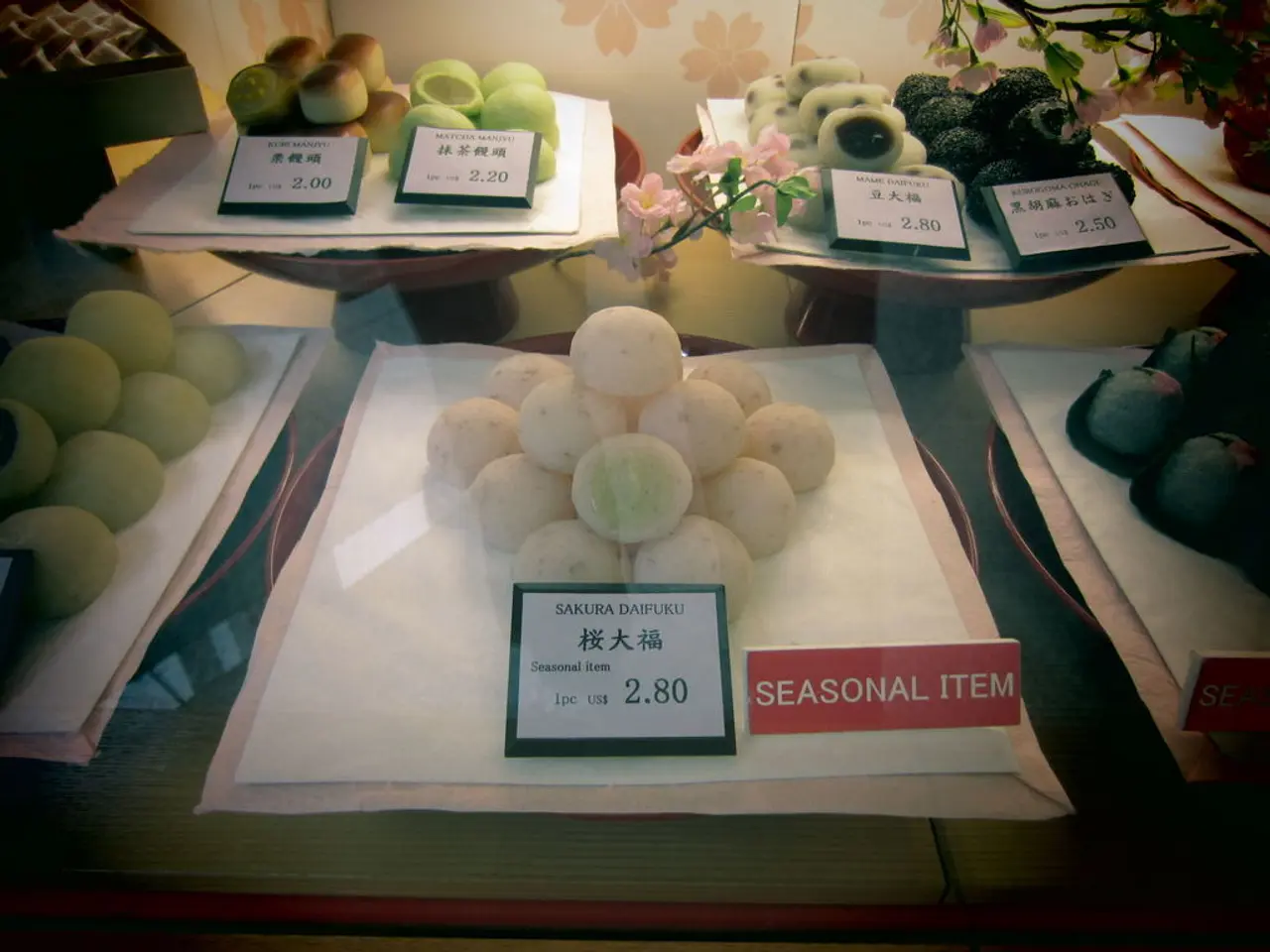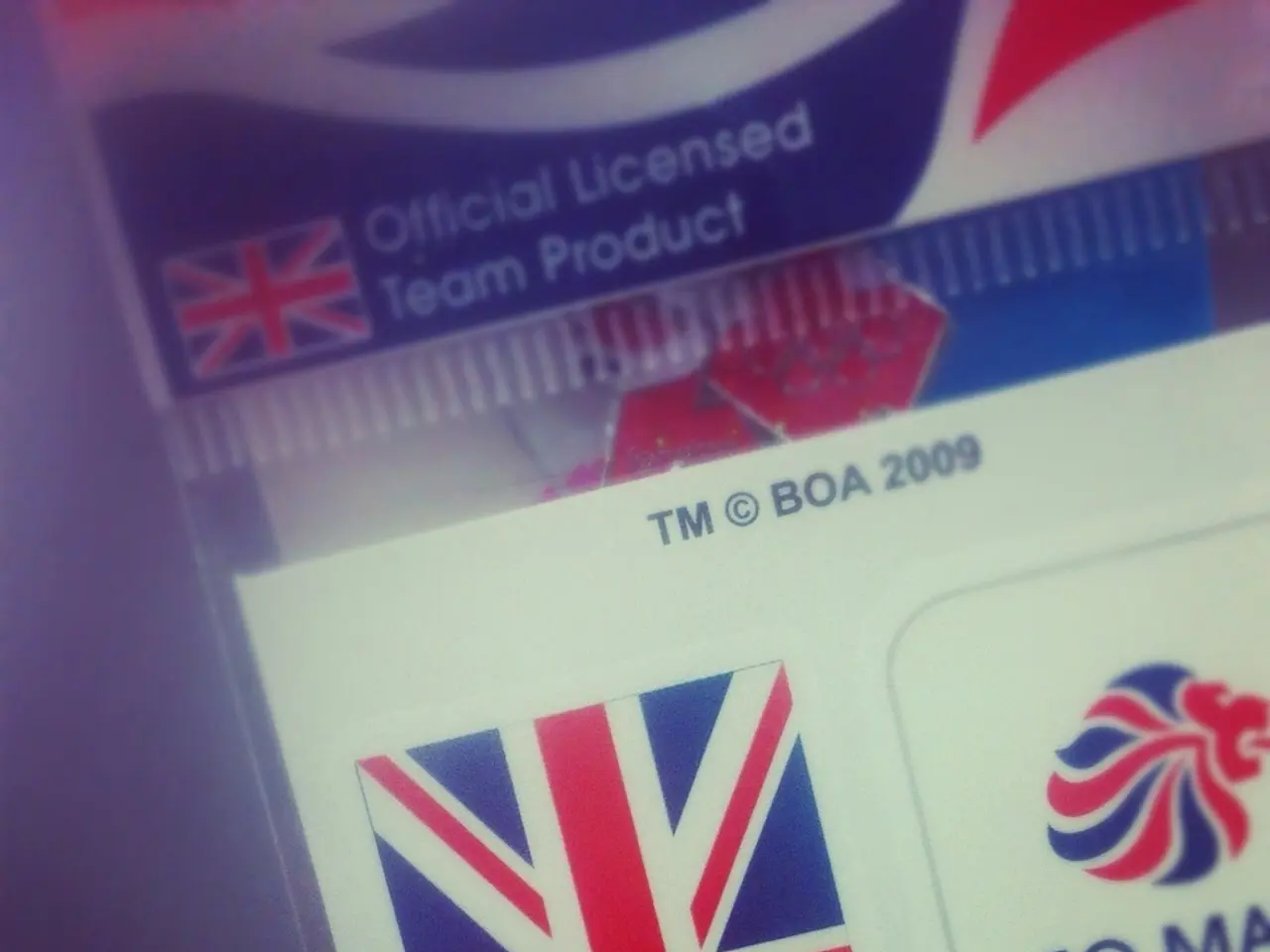New tariffs imposed reciprocally by President Trump will commence this week
Updated Reciprocal Tariff Rates in Effect as of August 2025
The United States has implemented updated reciprocal tariff rates that range from 10% to 41%, with an overall effective tariff rate of approximately 18.6%, the highest since 1934.
The new tariff rates, announced on July 31, 2025, by President Trump through an executive order, build on previous tariffs and generally stack on top of other existing tariffs except Section 232 tariffs.
Baseline Reciprocal Tariff Rate
The baseline reciprocal tariff rate for most countries is 10%. This applies to countries not otherwise listed with a specific rate.
Bilateral Agreements
Several countries have negotiated bilateral deals reducing their reciprocal tariffs to lower levels than originally threatened. For instance, China's tariff was reduced from 125% to 10%, while the European Union's most imports now face a 15% tariff (down from a threatened 30%). Japan's reciprocal tariff was reduced from 25% to 15% in exchange for increased investment. The Philippines and Indonesia have reciprocal tariffs reduced to 19%.
Specific Country Rates
As of August 7, 2025, the following are the reciprocal tariff rates for various countries:
| Country | Reciprocal Tariff Rate | Notes | |----------------|-----------------------|--------------------------------| | Brazil | 50% | Due to political concerns | | Canada | 35% | Based on agricultural and enforcement issues | | Serbia | 35% | | | South Africa | 30% | | | Pakistan | 19% | | | Philippines | 19% | | | Indonesia | 19% (implied) | Aligns with Philippines | | South Korea | 15% | | | Norway | 15% | | | Lesotho | 15% | | | Chad | 15% | | | European Union | 15% (most goods) | Excluding steel/aluminum at 50% | | China | 10% | |
Exemptions and Uncertainty
Russia’s reciprocal tariffs remain uncertain but were threatened at 25%, with exemptions currently in place.
Transshipment and Transition Period
The new executive order includes a section regarding transshipment, stating that any article CBP determines has been transshipped to evade the reciprocal tariffs shall be subject to an additional duty of 40 percent. Goods from Annex I countries that are in transit before August 7, 2025, will not be subject to the new tariffs if they are imported before October 5, 2025.
Negotiations and Extensions
The United States and Mexico agreed to extend their negotiations for 90 days, while the United States and China agreed to a temporary truce in hopes of reaching a deal.
WilmerHale's Role
WilmerHale is closely monitoring developments with respect to the reciprocal tariff regime and is prepared to advise clients on how to navigate and mitigate the effects of these tariffs.
[1] [Source 1] [2] [Source 2] [3] [Source 3] [4] [Source 4] [5] [Source 5]
- The new reciprocal tariff rates, announced in July 2025, have a significant impact on both business and finance sectors, influencing the prices of imported goods and potentially disrupting trade agreements.
- The developments in global politics, such as the updates in reciprocal tariff rates, are closely watched by financial institutions and businesses, as they can influence the overall economy and general news headlines.




